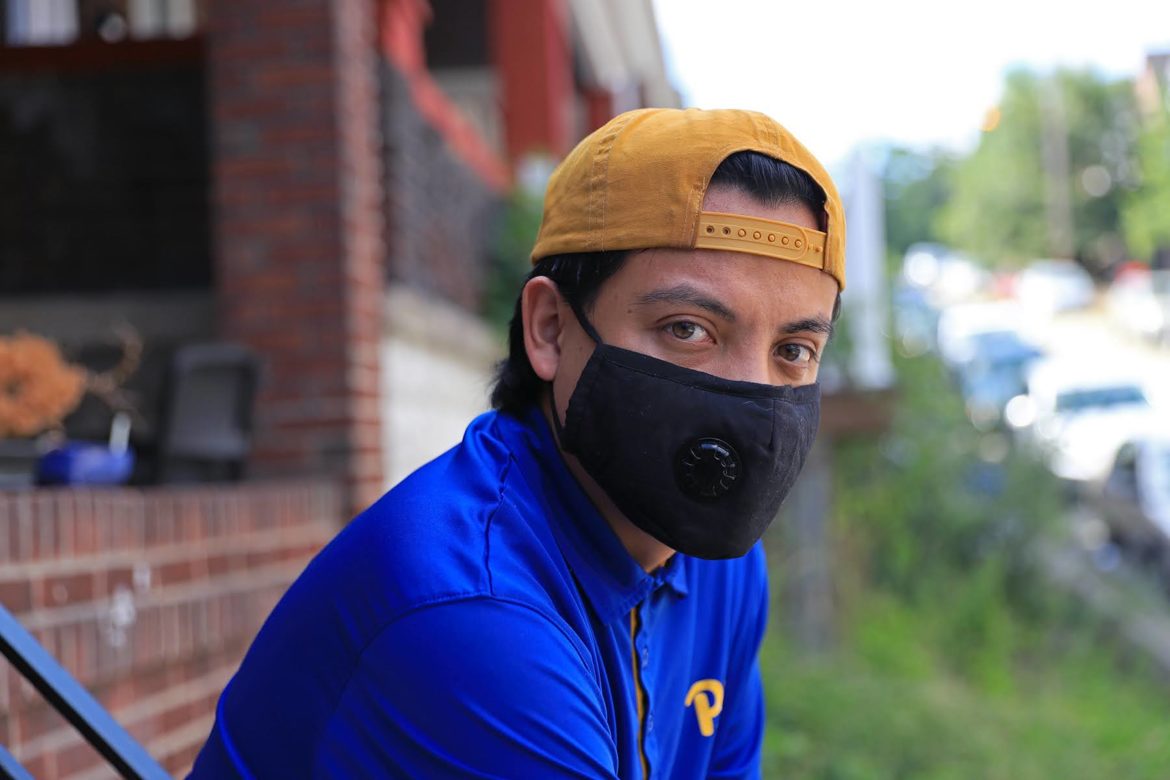
PUBLIC SOURCE – Pablo Salazar, a 22-year-old college student, learned that as bars and restaurants reopened in Allegheny County in June, he and his roommates shared mutual friends who had been concerned enough about exposure to get tested for COVID-19. At least one had even tested positive. After Salazar decided he wanted to be tested, he faced his first roadblock — finding testing in Oakland, where he lives as he studies at the University of Pittsburgh.
“Just looking online, there’s not that many places in Oakland to begin with, and the places in Oakland that do offer tests, it’s not walk-in,” Salazar said. “You have to talk to your [doctor] and get an appointment and be approved for it. And some of our friends couldn’t even get a test approved because they didn’t have symptoms or the reasoning [for wanting a test] wasn’t enough.”
He found testing available at a CVS in Homestead, but it presented another challenge — the drive-thru test required coming in a car, and he doesn’t own one. CVS originally informed him that it would take three to five days for results, but it ended up taking six. He tested negative. “You do get anxious about it, and you’ll obviously want to hear as soon as possible,” said Salazar, explaining why he didn’t want to wait for a doctor’s referral. “I’m from Lawrence County, so that’s where my doctor is from.”
Salazar’s difficulty getting a COVID-19 test in a reasonable amount of time is similar to many others’ experiences in Allegheny County and across the country. While experts say testing within 48 hours would be a reasonable benchmark, demand for testing in the United States means many patients are waiting much longer.
Steven Albert, a professor and chair of the Department of Behavioral and Community Health Sciences at the University of Pittsburgh’s Graduate School of Public Health, said Allegheny County’s difficulty providing testing is similar to the difficulty many municipalities around the country have had. “We were lucky not to have a big wave in April, but we paid the price for thinking we could relax our guard and now we’re suffering for it drastically,” Albert said.
Albert points to the eased restrictions regarding public gatherings at places like bars and restaurants as a large factor in the increase in cases. “We opened up restaurants and bars because we thought we were in the green phase and green means go,” Albert said. “But, in fact... even with a low prevalence of infected people, if you have enough social contact, without facemasks, in close proximity, indoors, in bars and restaurants and other big gatherings, you will have infections.”
Albert believes the Allegheny County Health Department has done a great job working under the difficult constraints the county is facing amid a meager federal response to the pandemic and a decades-long disinvestment in public health. It’s still clear that the county is not in a good place regarding testing, he said.
“When our health department director says: ‘Stay home if you have a problem but only get a test if you’re symptomatic,’ that shows that we just don’t have the testing apparatus we need,” Albert said. “And if you’re talking to people and they tell you it takes a week to 10 days to get their test results, we’re failing miserably.”
Read full story
7/21/2020